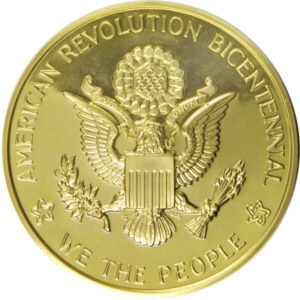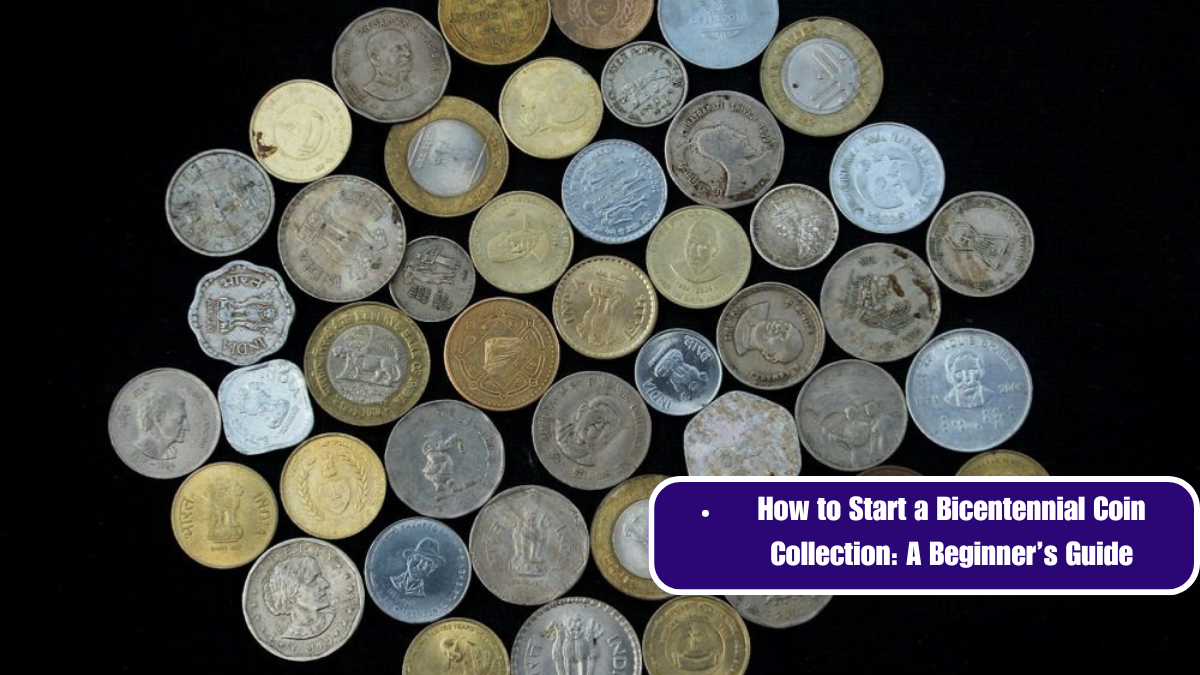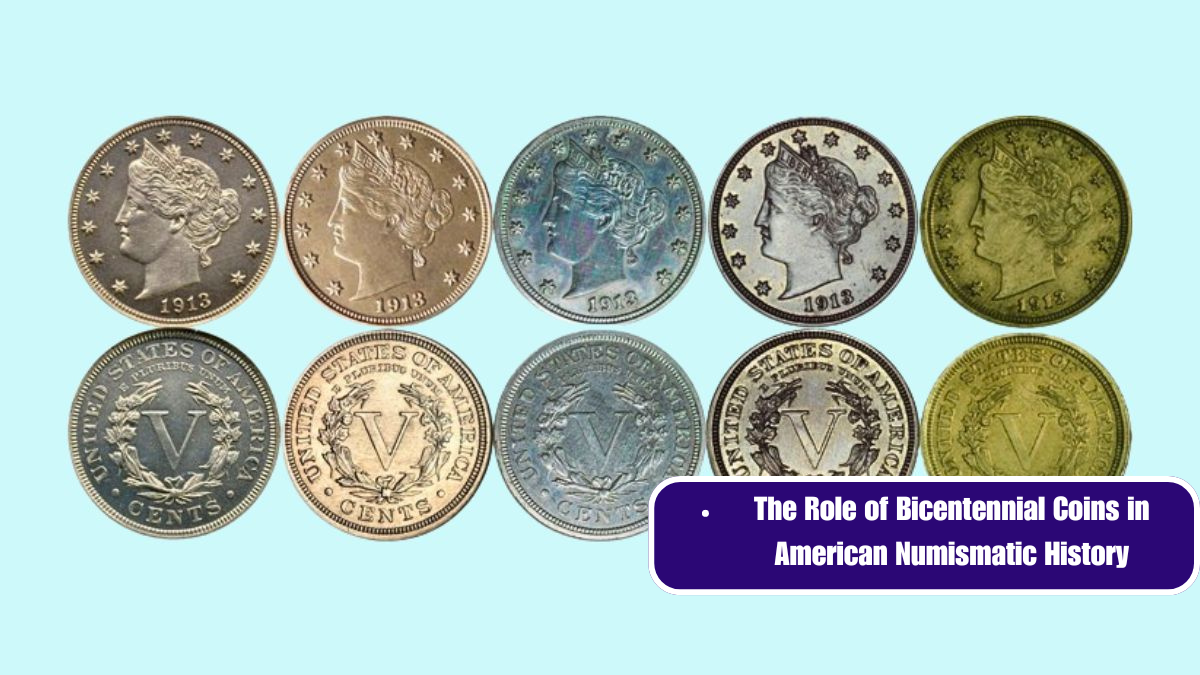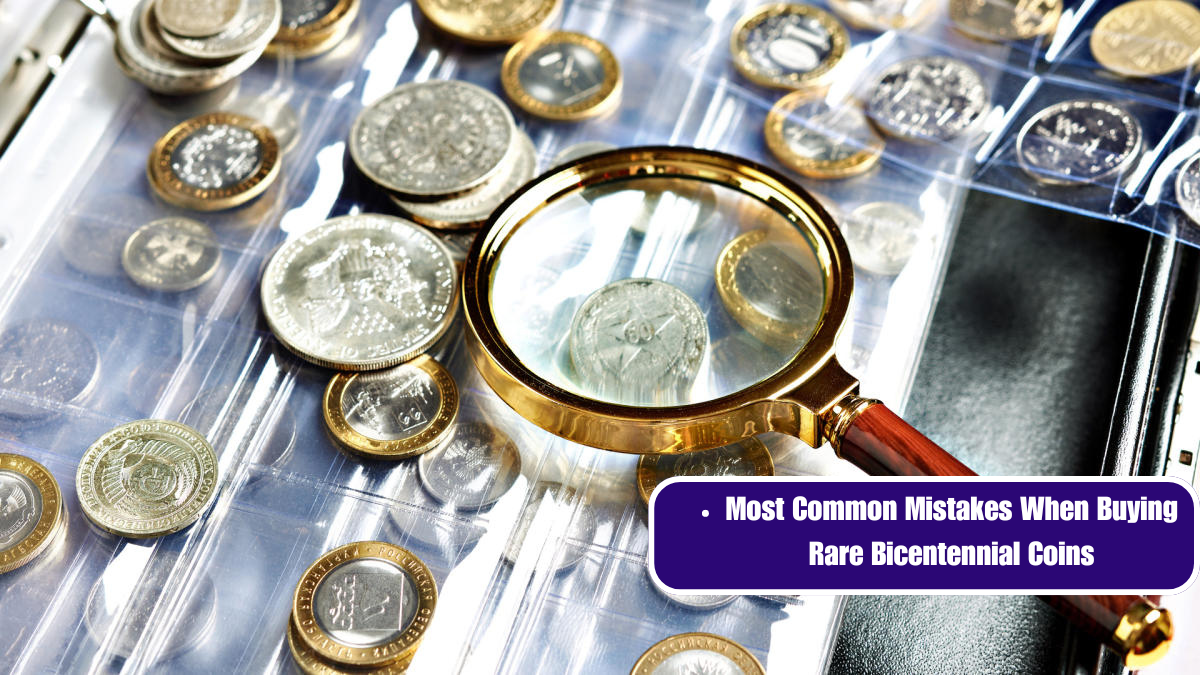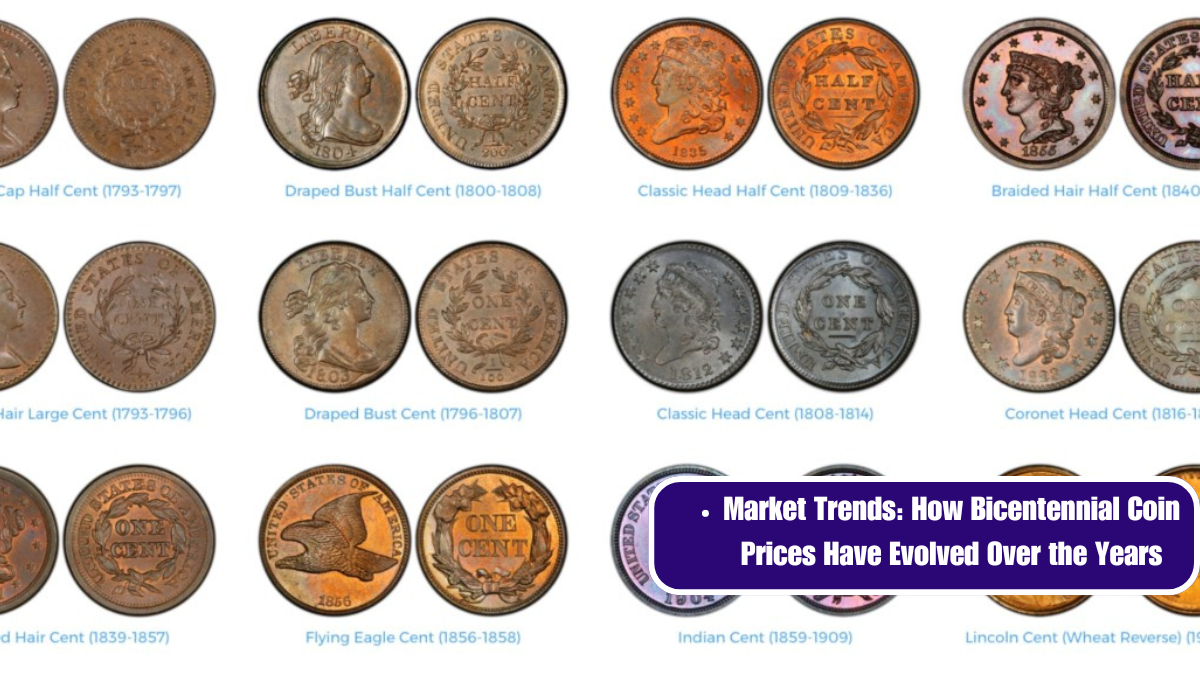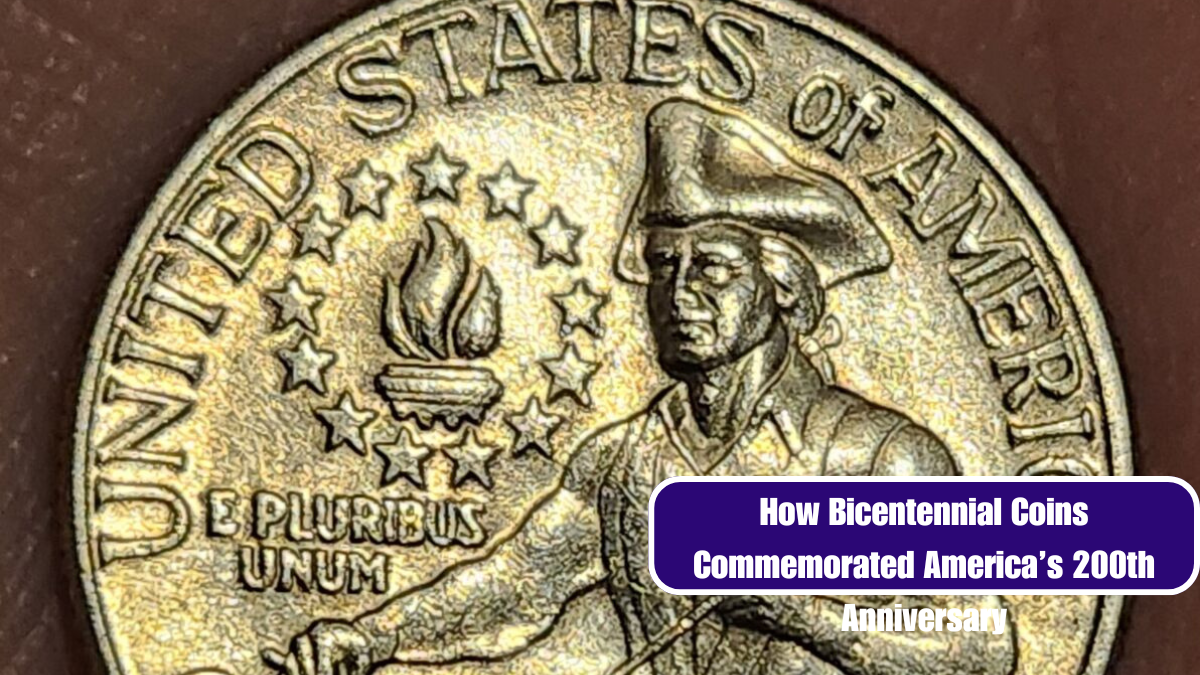In the world of numismatics, few items capture the imagination quite like the dual-dated coins minted in 1976 to commemorate the 200th anniversary of American independence. The dual-dated coins, featuring the years 1776 and 1976, are more than just currency—they represent a significant moment in American history, a blend of tradition and celebration, and a testament to the nation’s enduring spirit.
Historical Context
In 1976, America celebrated its bicentennial, marking two centuries since the Declaration of Independence was signed in 1776. This monumental event prompted a nationwide celebration, and the U.S. Mint was tasked with creating commemorative coins that would honor this milestone. The idea was not only to celebrate the past but to create a tangible symbol of the nation’s continued growth and unity.
The Coin Design
The dual-dated coins released in 1976 included the quarter, half dollar, and dollar. Each coin featured a unique design that blended historical significance with modern artistry.
- The Bicentennial Quarter: This coin is instantly recognizable for its reverse side, which depicts a colonial drummer surrounded by 13 stars. Designed by Jack L. Ahr, this design was a departure from the usual depiction of George Washington on the quarter’s reverse. The obverse retained Washington’s profile, designed by John Flanagan, but the reverse was specifically crafted to honor the bicentennial.
- The Bicentennial Half Dollar: This coin features a depiction of Independence Hall in Philadelphia, where the Declaration of Independence was signed. Designed by Lester E. Hargrove and engraved by Felix Schlag, the half dollar’s reverse celebrates the iconic building, while the obverse continues to display the portrait of President John F. Kennedy, as introduced in 1964.
- The Bicentennial Dollar: The dollar coin showcases a depiction of the Liberty Bell superimposed over the moon, symbolizing American independence and the nation’s future. The design was created by Dennis R. Williams and is one of the most memorable of the bicentennial coins, combining the historical with the futuristic.
Minting and Production
The minting of these coins was a massive operation. The U.S. Mint produced these coins in unprecedented quantities to meet public demand. The quarter was minted in over 1.5 billion pieces, while the half dollar and dollar were produced in significant numbers as well. This large-scale production led to these coins becoming widely available to collectors and the general public.
Collectible Value
Though initially sold at face value, the bicentennial coins have since become valuable collector’s items. While most circulated examples are worth only their face value, uncirculated and proof versions, especially in mint condition, can fetch a premium. The special dual-dated design and historical significance contribute to their appeal among numismatists and history enthusiasts alike.
Legacy and Impact
The 1776-1976 coins remain a popular symbol of American heritage. They reflect the spirit of the bicentennial celebration and serve as a reminder of the nation’s journey from its founding to its present day. These coins are more than just currency; they are historical artifacts that bridge the past with the present, embodying the values and pride of a nation celebrating its 200th birthday.
In conclusion, the dual-dated 1776-1976 coins are a cherished part of American numismatic history. They not only commemorate a pivotal event in American history but also continue to captivate collectors and historians with their unique design and symbolic value. As we look back on their creation and the era they represent, these coins stand as a lasting tribute to America’s enduring legacy.


